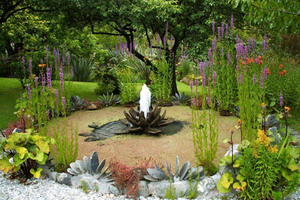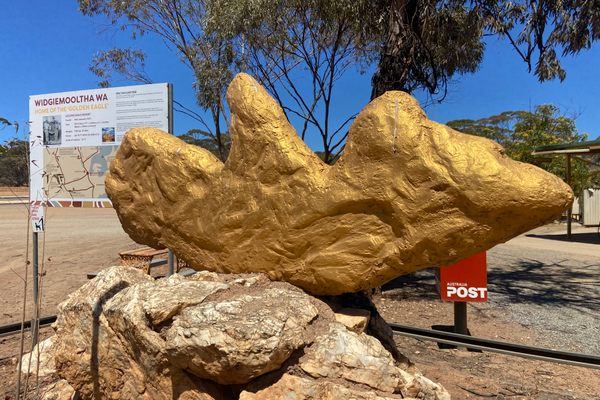About
Deep in the Central Otago bush lies Sam Summers' hut, a man-made structure built from nearby schist rock in a region steeped in gold mining history. The surrounding area was mined off and on between the 1860s and the 1930s.
The Otago Gold Rush began in the early 1860s. After gold was found at Gabriel's Gully, prospectors rushed into the region hoping to find their fortunes. The work was back-breaking, and conditions were compounded by the isolation and bitter weather conditions. Tens of thousands of people streamed into Otago during this time, mostly young men in their teens and twenties.
That's part of why this hut is so unique. It's because Sam Summers, a miner, brought his young family along to live with him. Sam built the hut with his brothers in 1930, years after the initial mining boom. Nonetheless, there was still a little gold left in the hills and enough hunting to sustain a young family.
It makes for an eye-opening visit because the hut is so well-preserved, and offers a realistic glimpse of what life must have been like for the family. The hut is camouflaged in a damp patch of the bush right next to a stream. It's not hard to imagine that it would have been a struggle to keep warm. Infrequent trips to get supplies and trying to keep young children occupied (and safe) would have been a constant battle.
Sam left for World War II in the 1940s. After the war, he returned to New Zealand and continued living with his family on and off in the hut for decades. He maintained the hut until his death in 1997, at the age of 92. Treasured by locals, the hut is now maintained by the Department of Conservation.
Related Tags
Know Before You Go
The hut was once available as an overnight sleeping spot for hikers, but this is no longer allowed.
Reaching the hut takes around 45 minutes from the start of the Mt Crichton Walking Track, just 15 minutes drive from Queenstown.
Wild New Zealand: Exploring the North & South Islands
Stunning landscapes, unique wildlife, and rich Māori culture.
Book NowPublished
February 16, 2023































